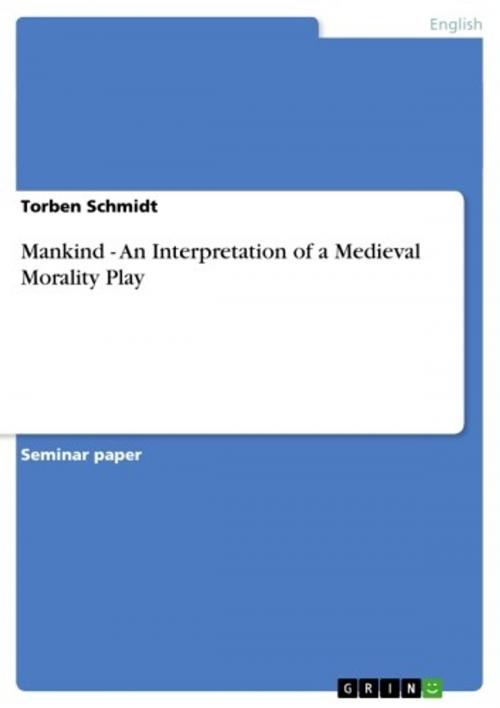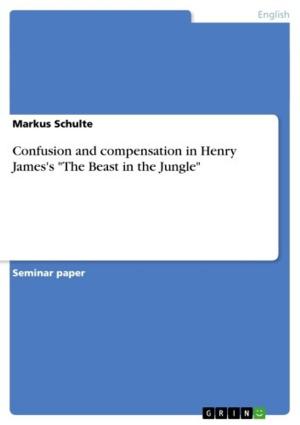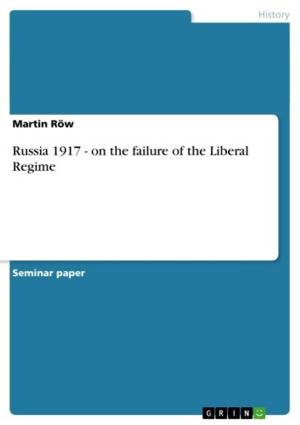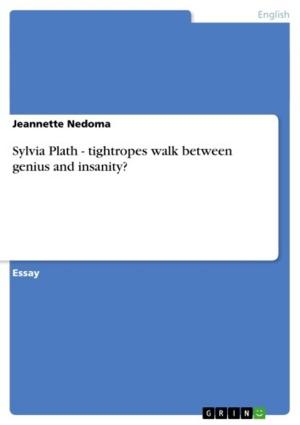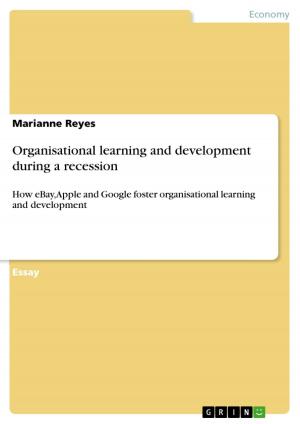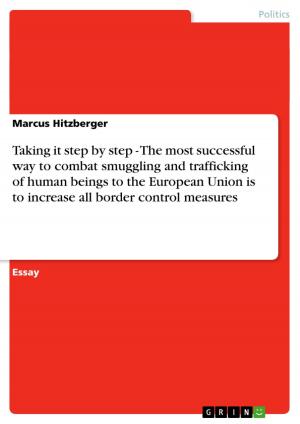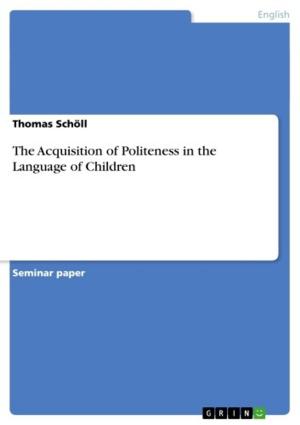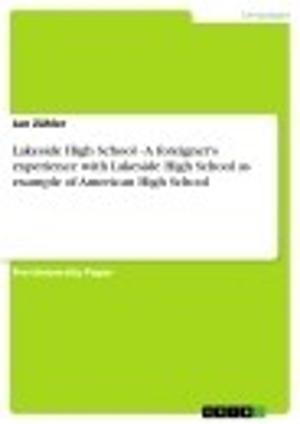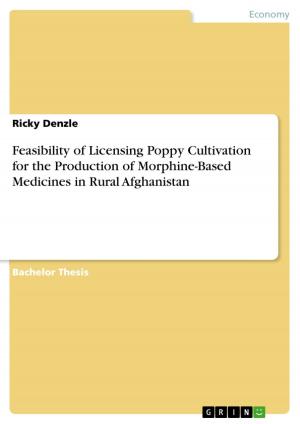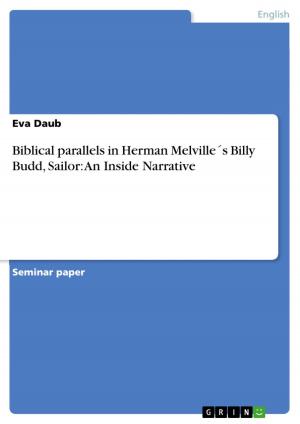Mankind - An Interpretation of a Medieval Morality Play
Fiction & Literature, Literary Theory & Criticism, British| Author: | Torben Schmidt | ISBN: | 9783638167062 |
| Publisher: | GRIN Publishing | Publication: | January 26, 2003 |
| Imprint: | GRIN Publishing | Language: | English |
| Author: | Torben Schmidt |
| ISBN: | 9783638167062 |
| Publisher: | GRIN Publishing |
| Publication: | January 26, 2003 |
| Imprint: | GRIN Publishing |
| Language: | English |
Seminar paper from the year 2001 in the subject English Language and Literature Studies - Literature, grade: 1 (A), Justus-Liebig-University Giessen (Instiute anglisitc linguistics), course: The Medieval Drama - Texts and Cultural Backgrounds, 8 entries in the bibliography, language: English, abstract: There are some obvious differences between the morality and the miracle plays. The latter did stress moral truths besides teaching facts of the bible, but on the whole did not lend themselves to allegorical formulation except when there was no well - defined Bible story to be followed. A good example in this case is the life of Maria Magdalen, before she was converted. The miracle play dealt with what were believed to be historical events and its main characters were for the most part ready- made for the playwright by the Bible and inherited tradition. The morality play on the other hand, stood by itself, unconnected to a cycle, and the plots were extremely stereotyped. 'They afforded less scope for original creation than those of the miracles, which were crowded with major and minor characters, Herold, Pilate, Pharaoh, Noah's wife, Satan, Adam and Eve,' (Kinghorn 1968: p.116) and a host of others, both scriptural and non-scriptural. As far as the characters in the morality plays are concerned one could say that these characters, like for instance the Seven Deadly Sins, did only offer very limited opportunities for development. 'Gluttony could hardly be other than a fat lout, Sloth a half- awake lounger, Luxury an overdressed woman, Avarice a grasping old man and Anger continually in a rage'( Kinghorn 1968: p.116). As far as allegorical formulations are concerned it has to pointed out that the morality play characters were always personified vices and virtues, producing a conflict of sorts and providing enough material for a plot. The Christian Virtues, the Seven Deadly Sins, Pride of Life, World, Flesh Youth, Age, Holy Church, Wealth, Health, Mercy, Learning and, of course, Mankind are just a few examples for personages which were made to behave as though they were human by the didactic aim of the author ( Kinghorn 1968: p.116), but all these characters are always contained within their own narrow definition. Since these allegorical personages were not characters but walking abstractions, they provided the playwright only very limited opportunities for development. Everything that was said and done by these characters showed clearly the moral truth which was of course the subject of the plot. The late medieval morality plays mark a well - defined movement away from the religious drama towards the completely secular drama in England. [...]
Seminar paper from the year 2001 in the subject English Language and Literature Studies - Literature, grade: 1 (A), Justus-Liebig-University Giessen (Instiute anglisitc linguistics), course: The Medieval Drama - Texts and Cultural Backgrounds, 8 entries in the bibliography, language: English, abstract: There are some obvious differences between the morality and the miracle plays. The latter did stress moral truths besides teaching facts of the bible, but on the whole did not lend themselves to allegorical formulation except when there was no well - defined Bible story to be followed. A good example in this case is the life of Maria Magdalen, before she was converted. The miracle play dealt with what were believed to be historical events and its main characters were for the most part ready- made for the playwright by the Bible and inherited tradition. The morality play on the other hand, stood by itself, unconnected to a cycle, and the plots were extremely stereotyped. 'They afforded less scope for original creation than those of the miracles, which were crowded with major and minor characters, Herold, Pilate, Pharaoh, Noah's wife, Satan, Adam and Eve,' (Kinghorn 1968: p.116) and a host of others, both scriptural and non-scriptural. As far as the characters in the morality plays are concerned one could say that these characters, like for instance the Seven Deadly Sins, did only offer very limited opportunities for development. 'Gluttony could hardly be other than a fat lout, Sloth a half- awake lounger, Luxury an overdressed woman, Avarice a grasping old man and Anger continually in a rage'( Kinghorn 1968: p.116). As far as allegorical formulations are concerned it has to pointed out that the morality play characters were always personified vices and virtues, producing a conflict of sorts and providing enough material for a plot. The Christian Virtues, the Seven Deadly Sins, Pride of Life, World, Flesh Youth, Age, Holy Church, Wealth, Health, Mercy, Learning and, of course, Mankind are just a few examples for personages which were made to behave as though they were human by the didactic aim of the author ( Kinghorn 1968: p.116), but all these characters are always contained within their own narrow definition. Since these allegorical personages were not characters but walking abstractions, they provided the playwright only very limited opportunities for development. Everything that was said and done by these characters showed clearly the moral truth which was of course the subject of the plot. The late medieval morality plays mark a well - defined movement away from the religious drama towards the completely secular drama in England. [...]
